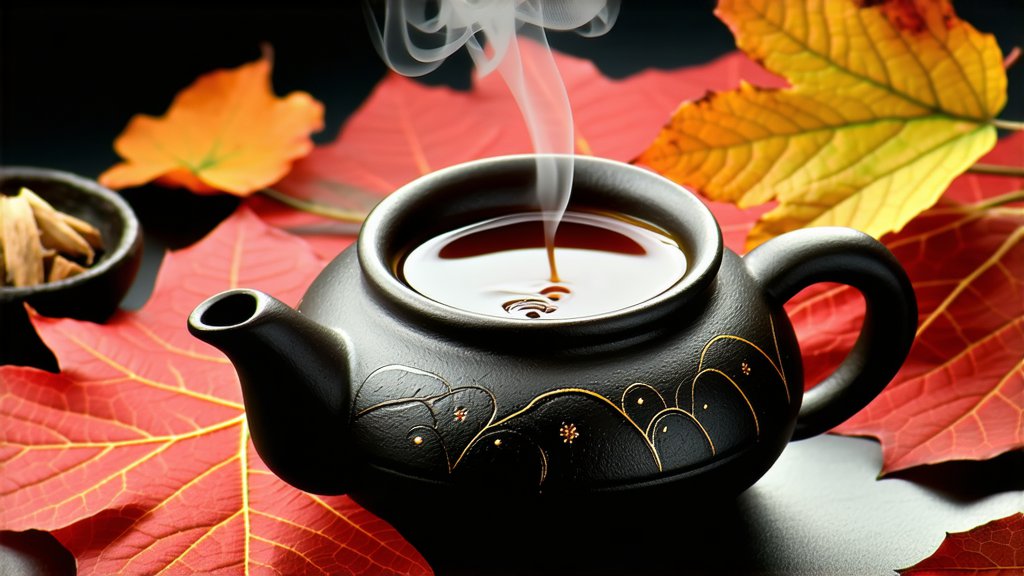
Keemun black tea, hailing from the picturesque Qimen County in Anhui Province, China, stands as a testament to the rich tapestry of Chinese tea heritage. This esteemed variety, also known as Qimen black tea, has captivated tea connoisseurs worldwide with its distinctive flavor profile and storied past. Join us on a deep dive into the history, varieties, meticulous craftsmanship, and nuanced art of appreciating Keemun black tea.
A Glimpse into History
The origins of Keemun tea can be traced back to the Tang Dynasty (618-907 AD), with its prominence solidifying during the Qing Dynasty (1644-1912). It was during this latter period that Keemun tea gained international recognition, particularly after winning several awards at international expositions, most notably the Paris Exposition in 1915. This accolade elevated its status, making it one of China's premier exports and a symbol of Chinese tea excellence.
Varieties and Characteristics
Keemun black tea encompasses several distinct grades and types, each offering unique characteristics that reflect the terroir of Qimen County. Among the notable ones are:
-
Keemun Hao Ya (Grade 1): The finest quality, featuring tightly rolled leaves with golden tips. Its brew yields a bright amber liquor with a complex aroma of orchid and fruit, coupled with a smooth, slightly sweet taste.
-
Keemun Huang Ya (Grade 2): Slightly less refined than Hao Ya but still boasting quality, it presents a more robust flavor profile with hints of malt and honey, accompanied by a richer body.
-
Keemun Xiang Ya (Fragrant Keemun): Known for its pronounced floral fragrance, especially orchid notes, this type is often favored by those who appreciate aromatic teas.
Crafting the Perfect Cup: The Making of Keemun Black Tea
The production of Keemun black tea is a labor-intensive process that adheres to traditional methods passed down through generations. Here’s an overview of the intricate steps involved:
-
Plucking: Only the youngest shoots and leaves are hand-picked during the spring harvest, ensuring optimal freshness and quality.
-
Withering: The freshly plucked leaves undergo a natural withering process, either spread out under the sun or indoors, to reduce moisture content and initiate enzymatic activity.
-
Rolling: The withered leaves are then meticulously rolled using traditional techniques or modern machinery to break down cell walls, facilitating oxidation and releasing essential oils.
-
Oxidation: The rolled leaves are spread out to allow controlled oxidation, turning them a deep brown color and developing the characteristic flavors and aromas of black tea.
-
Firing: Finally, the oxidized leaves are fired to halt further oxidation and fix the tea's flavor profile. This step also reduces moisture content, enhancing shelf life.
-
Sorting and Grading: After firing, the tea is sorted according to size, shape, and quality, ensuring each grade maintains its distinctive features.
The Art of Tea Tasting: Savoring Keemun Black Tea
Tasting Keemun black tea is an experience that engages all senses. Here’s how to fully appreciate its depths:
-
Preparation: Use freshly drawn, soft water and bring it to a gentle boil before cooling slightly to around 90°C (194°F). Preheat your teapot or gaiwan to maintain the brewing temperature.
-
Infusion: Place approximately 3 grams of loose tea per 150ml of water. Steep for 3-5 minutes, adjusting based on personal preference for strength.
-
Observation: Admire the tea's vibrant amber hue, a reflection of its clarity and purity.
-
Aroma: Inhale deeply before sipping to detect the intricate bouquet of floral, fruity, and sometimes smoky notes.
-
Tasting: Take small sips, allowing the tea to coat your palate. Notice the initial sweetness, followed by subtle tannins and a lingering aftertaste that signifies a well-balanced tea.
-
Appreciation: Reflect on the harmony between flavor, aroma, and mouthfeel, appreciating the craftsmanship that went into creating this exquisite beverage.
Keemun black tea is more than just a drink; it embodies centuries of Chinese culture and tradition. From its historical roots to the meticulous artistry of its production, every aspect of Keemun tea invites exploration and reverence. As you embark on your own journey through the world of Keemun black tea, may each cup serve as a bridge connecting past and present, East and West, and all who gather around it in shared appreciation.